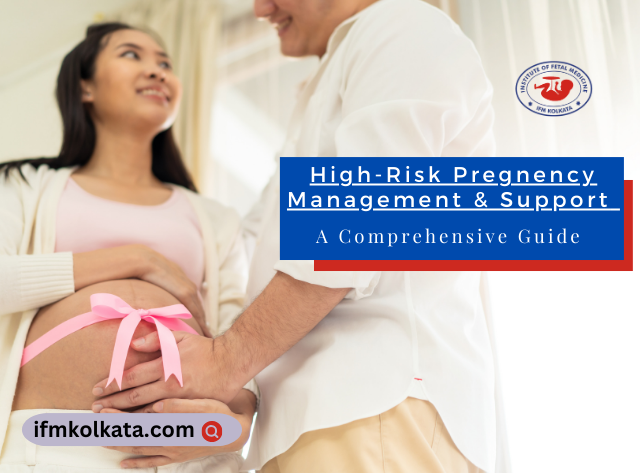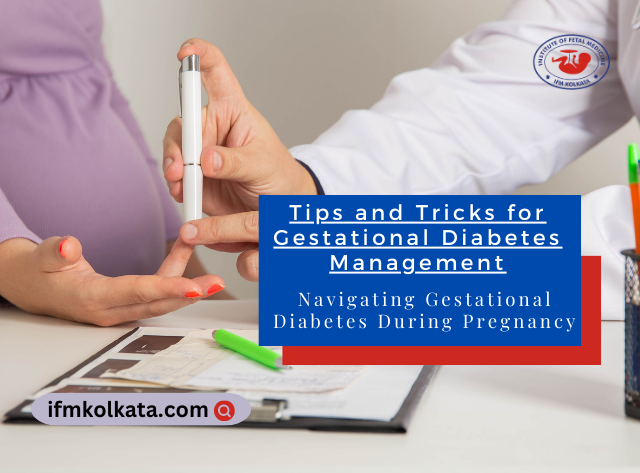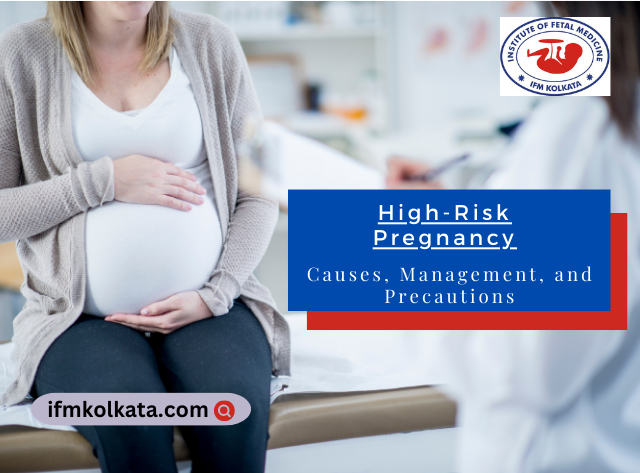Pregnancy is a journey filled with moments of anticipation, wonder, and careful monitoring. As expectant parents progress through the various stages of pregnancy, one crucial milestone is the second trimester screening, which often includes the Quadruple Marker Test. In this detailed and well-researched article, we will provide an extensive overview of the second-trimester screening test, explaining what it entails, the information it can provide, and its significance in prenatal care.
The Second Trimester: A Vital Phase of Pregnancy
The second trimester of pregnancy typically spans from week 13 to week 27, and it is often called the “honeymoon phase.” During this period, many expectant mothers experience increased energy, reduced nausea, and the first sensations of fetal movement. It is also a crucial time for medical assessments and screenings to ensure the health and well-being of both the mother and the developing baby.
Understanding the Quadruple Marker Test
The Quadruple Marker Test, also known as the Quad Screen or Quad Test, is a blood test conducted during the second trimester. It is designed to screen for specific markers that can provide valuable insights into the developing baby’s health. The test measures four key substances in the mother’s blood:
Alpha-fetoprotein (AFP): This protein is produced by the developing baby’s liver and is normally found in the amniotic fluid and the mother’s blood. Abnormal levels can indicate potential issues, including neural tube defects like spina bifida.
Beta-human chorionic gonadotropin (Beta-hCG): A hormone produced by the placenta, abnormal levels of Beta-hCG can be associated with chromosomal abnormalities such as Down syndrome.
Estriol: A hormone produced by both the developing baby and the placenta, estriol levels are measured to assess the baby’s overall health and well-being.
Inhibin A: This hormone is produced by the placenta, and elevated levels can indicate an increased risk of Down syndrome and other chromosomal abnormalities.
Information the Quadruple Marker Test Can Provide
The Quadruple Marker Test is not a definitive diagnostic test; instead, it provides valuable information that can help identify potential issues. Key insights and information that can be derived from the test results include:
Risk Assessment: The test can assess the risk of specific chromosomal abnormalities, such as Down syndrome, trisomy 18, and neural tube defects.
Early Detection: Early detection of potential issues allows expectant parents and healthcare providers to plan for necessary follow-up tests and medical evaluations.
Informed Decision-Making: Armed with the test results, expectant parents can make informed decisions regarding their pregnancy and healthcare options, including whether to pursue additional diagnostic testing.
Health Monitoring: The results also allow healthcare providers to closely monitor the pregnancy, providing appropriate care and support as needed.
Significance of the Quadruple Marker Test in Prenatal Care
The Quadruple Marker Test is a non-invasive screening tool that plays a significant role in the management of a healthy pregnancy. Its significance lies in:
Risk Assessment: The test provides a risk assessment that can guide healthcare providers and expectant parents in making informed decisions about further diagnostic testing or additional prenatal care.
Early Intervention: Early detection of potential issues allows for early intervention and medical management, potentially improving outcomes for both the mother and the baby.
Peace of Mind: While the test assesses potential risks, it also provides peace of mind for expectant parents. Understanding the baby’s health status is essential for emotional well-being.
Quadruple Marker Test: A Part of Comprehensive Prenatal Care
It’s important to note that the Quadruple Marker Test is just one component of comprehensive prenatal care. Other prenatal assessments, such as ultrasounds, genetic counselling, and maternal health evaluations, complement this screening to provide a holistic picture of the pregnancy’s progress.
The Quadruple Marker Test is a vital tool in prenatal care during the second trimester. It provides valuable information that aids in risk assessment, early detection, informed decision-making, and healthcare planning. Expectant parents and healthcare providers can work together to ensure the best possible outcome for both the mother and the developing baby. This second-trimester screening test is not only a part of medical care but also a source of reassurance and empowerment for expectant parents as they navigate the beautiful journey of pregnancy.
Timing of the Quadruple Marker Test
The Quadruple Marker Test is typically conducted between the 15th and 20th weeks of pregnancy. This window is chosen because it allows for the detection of specific markers while providing time for follow-up tests if necessary. It is essential for expectant parents to understand the recommended timing for this screening.
Interpreting Test Results
The results of the Quadruple Marker Test are presented as a risk assessment. It is crucial for expectant parents to understand that a “positive” result does not confirm a medical condition but indicates an increased risk. Healthcare providers use these results to determine the need for further diagnostic tests, such as amniocentesis or chorionic villus sampling (CVS).
False Positives and Negatives
Expectant parents should be aware that while the Quadruple Marker Test is a valuable screening tool, it is not infallible. False-positive results (indicating a problem that does not exist) and false-negative results (failing to detect a problem) can occur. This is another reason why the results are typically followed by more definitive diagnostic tests.
Informed Decision-Making
The Quadruple Marker Test empowers expectant parents to make informed decisions about their pregnancy. It allows them to consider options and plan for potential outcomes. The significance of this test lies not only in the information it provides but also in the choices it enables.
Personalized Care
Every pregnancy is unique, and the Quadruple Marker Test helps healthcare providers tailor care to the specific needs of each expectant mother. If the test results indicate an elevated risk, healthcare providers can offer specialized care and support.
Counselling and Emotional Support
The process of undergoing prenatal screening can be emotionally challenging for expectant parents. They may experience anxiety and uncertainty while waiting for results. It’s important for healthcare providers to offer counselling and emotional support throughout this process.
Emotional support is vital for managing the stress of prenatal screening, education about treatment options is important for those dealing with other medical conditions. For example, people who need blood thinners may benefit from learning more about Xarelto, a medication used to prevent blood clots. Understanding the options available and receiving proper advice can greatly ease anxiety, whether during prenatal screening or when treating a condition that requires medications like Xarelto. Healthcare providers play a key role in ensuring that patients feel supported and informed throughout their medical journey. This holistic approach considers both the emotional and physical aspects of health, resulting in better outcomes for everyone involved.
Financial Considerations
Expectant parents should discuss the financial aspects with their healthcare provider and insurance company to plan for potential expenses.
Role of Genetic Counsellors
Genetic counsellors can play a critical role in helping expectant parents understand the significance of the Quadruple Marker Test results, the potential implications, and the available options.
Continued Monitoring
After the Quadruple Marker Test, expectant parents should expect continued monitoring and care. Regular prenatal check-ups and ultrasounds remain an essential part of prenatal care.
Support Networks
Expectant parents should be encouraged to seek support from family, friends, and support groups. Connecting with others who have undergone similar experiences can provide emotional comfort and information sharing.
Final Thoughts
The Quadruple Marker Test is an essential tool in the second-trimester screening process. It provides information, enables informed decisions, and fosters personalized care. Expectant parents should view this test as part of a comprehensive approach to prenatal care, one that aims to ensure a healthy and successful pregnancy journey.
.










